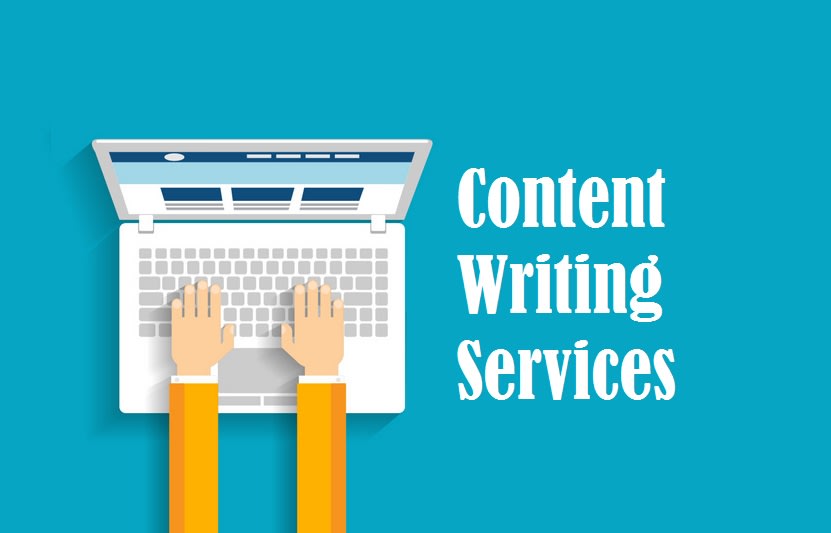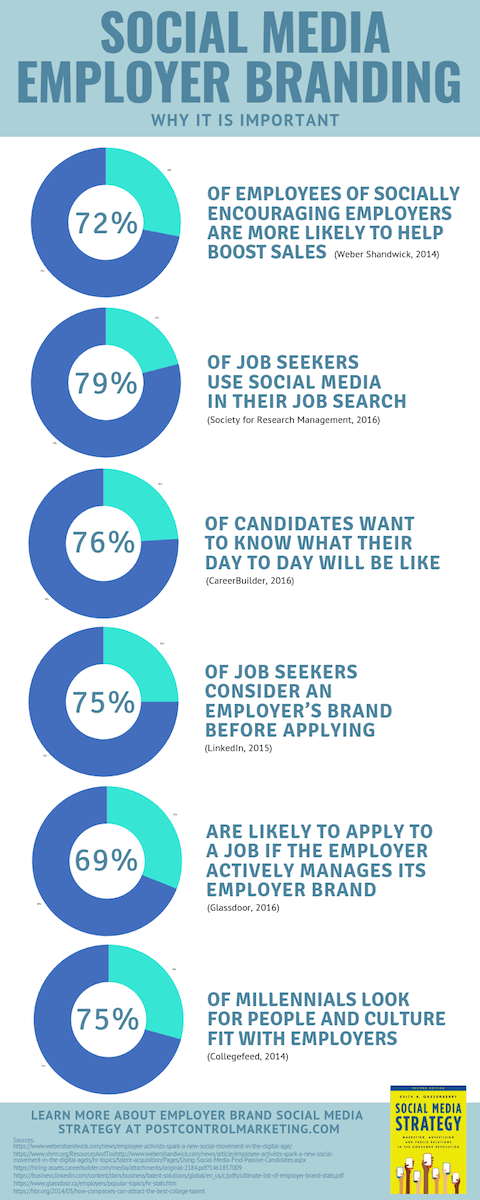
You don't have to know where to begin when it comes content marketing. There are many examples of successful inbound marketing campaigns that have proven to be very effective. UGC (user generated content), influencers or lead magnets, as well as content that employs consumer psychology, are just a few of the best examples. Below are some examples that you could use to adapt these strategies for your business. This will allow you to build a more successful inbound marketing strategy.
UGC
Among the benefits of UGC is its ability to drive authentic customer engagement. Instead of relying on advertisements from brands, this content is created by readers. UGC can be used by a company to build loyalty with its most passionate followers. For example, a customer advocacy program can be a great way to encourage more specific UGC from brand advocates. This type of content allows the brand to tap into the unique experience of its most passionate fans.
User-generated content
User-generated content has many benefits. They not only provide high quality organic content but also increase brand credibility. Coca-Cola, for example, ran a viral contest asking viewers to share a Coke with their family and friends. It quickly became an international phenomenon. It also featured videos and pictures, which are more popular than any other form of content.

Lead magnets
Lead magnets are valuable pieces in content marketing that can be used to exchange contact information like an email address or a name. Lead magnets are a powerful way to generate leads that can be used in marketing campaigns. They are an effective way to build brand awareness, credibility and provide real value for potential customers. Here are some lead magnet examples that show how they can improve your marketing efforts. Incorporating lead-magnets into your content strategy will improve your website’s SEO rankings, and increase traffic.
Use influencers
There are many benefits to using influencers for content marketing. This method is proven to be a good way to promote ecommerce shops and can also work well for content-forced campaigns. Influencers are valuable because of their ability to generate interest in products and services. Influencers are a great way of reaching niche buyers. Influencers should be connected and engaged with your brand in order to achieve the best results.
Using data
Marketers are becoming more conscious of data marketing. With so much information at their disposal, consumers are more selective about what they see, hear, and read. Data can be used to your benefit to help you understand your audience's needs, interests, and create content that appeals to them. Data-driven content marketing is all about using data to build user profiles and segment your audience in a highly targeted way.

FAQ
How long should my content marketing campaign be expected to last?
This varies depending on the industry and type of product or service offered.
One example is if your company sells shoes. You might spend one month designing a new model. For example, you might launch the product in August and keep updating it throughout year.
If you sell clothing, you may design one look for fall as well as another for spring. You should always offer something new to your audience so they never get bored.
Your goals determine the length of your content marketing campaign. For small-scale companies, one channel may be sufficient. If you are a larger company, it may be necessary to consider multiple channels in order to reach a large audience.
Why is a Content Marketing Strategy necessary? Why not just send emails or post social media updates?
There are two main reasons that you might ignore a Content Marketing Strategy.
-
You may think that social media posts or email marketing is enough to get people talking.
-
If you haven't tried email marketing or posting on social media, you might assume that this type of content isn't practical.
Both assumptions are incorrect.
Email marketing and social networking posts can be great tools for communicating with customers and prospects. They aren't sufficient by themselves.
Email campaigns alone will not help you reach your goals. You need to integrate it with a larger strategy. Social media posts are not enough to achieve your goals. They must be part of a comprehensive plan.
This is where your Content Marketing Strategy comes in. A Content Marketing Strategy is a plan that sets clear goals for each piece. This will allow you to manage the entire content creation process.
You'll have more time to concentrate on other important aspects of running your company, such as growing your audience and increasing conversions.
And even though there are many benefits to having a Content Marketing Strategy, it doesn't mean it's easy.
A strategy can make all the difference.
What are the 7 Steps of Content Marketing?
The seven-step process for content marketing includes:
-
Identify the problem
-
Learn what is working right now
-
Get new ideas
-
Use them to create strategies
-
Try them
-
You can measure the results
-
You can continue this process until you find something that works.
This strategy is practical for both large and small businesses.
What is the average time it takes to start content marketing?
It depends on the size and scope of your business. Content marketing is often not feasible for small businesses. If you put in the effort, it can really pay off.
Statistics
- According to our research, 65% of companies with very successful content marketing in 2021 ran content audits at least twice a year. (semrush.com)
- Companies that use content marketing see approximately 30% higher growth rates than businesses not using it. (mailchimp.com)
- Progress indicators (0–100%) allow each team member to see how attainable each goal is and understand what remains to be accomplished. (semrush.com)
- This marketing strategy landed Ford a 15.4% conversion rate. (neilpatel.com)
- Measure your goals with a progress indicator of 0-100%. Make your goals collaborative and transparent (semrush.com)
- According to our research, brand awareness, attracting traffic, and generating leads remain the key content marketing goals in 2022. (semrush.com)
- Content marketing produces 3X more leads per dollar spent. Content marketing costs 62% less than traditional marketing. (criteo.com)
- In fact, would pay more for a better customer experience, and 86% of B2B buyers would pay more. (neilpatel.com)
External Links
How To
What is a Content Marketing Strategy?
A content marketing plan (CMP) is a strategic document that helps you define your goals, objectives, and strategies for developing and executing your online presence. It's a blueprint for reaching your goals through content distribution and creation.
The CMP usually breaks down into three major areas:
-
Your overall strategy. How do you plan to achieve your goals?
-
Your content strategy - Where will you find the right people to write, curate, and distribute your content?
-
You'll need to decide which channels you will use to share your strategy. And what types of content will you produce?
An effective CMP includes these four components:
-
Goal Setting – Define your target audience. Set measurable KPIs that will measure success.
-
Audience Research: Understand your ideal customers to know where you should look.
-
Strategy – Create a clear vision for where you are going. Then break it down into smaller pieces.
-
Execution - Set realistic expectations around when you expect to see results from your efforts.